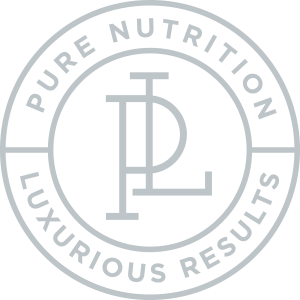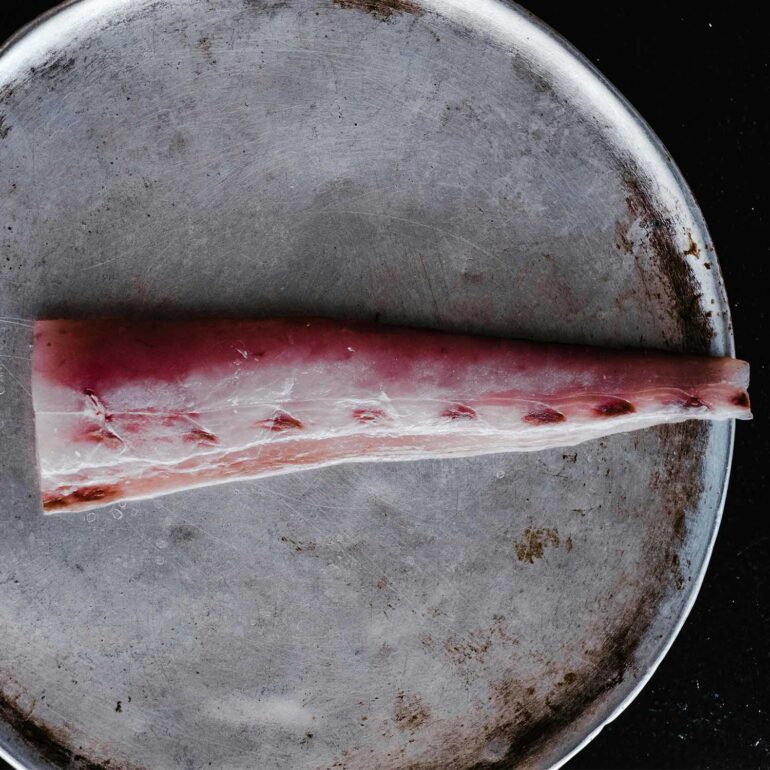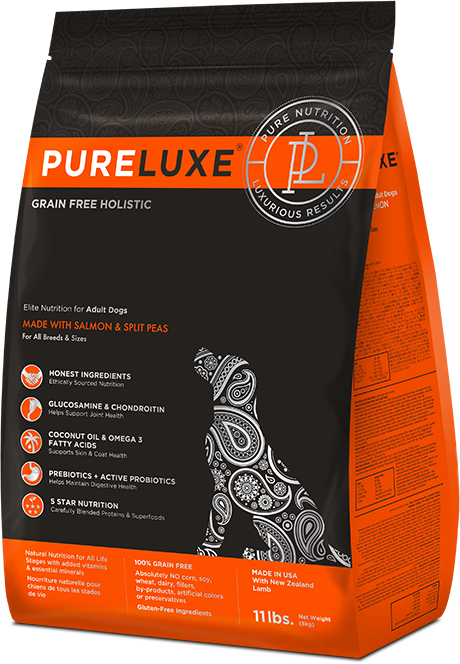The raw pet food trend has taken the pet world by storm, with pet owner
The raw pet food trend has taken the pet world by storm, with pet owners drawn to the idea of a more natural diet mimicking a dog or cat’s ancestral meals. However, while raw food offers potential benefits, there’s a growing concern about the risk of contamination.
The Allure of Raw
Proponents of raw pet food believe it provides superior nutrition compared to processed kibble. Raw food is often richer in moisture, enzymes, and certain nutrients. Additionally, some pet owners believe raw food can address digestive issues or allergies.
The Contamination Conundrum
The biggest drawback of raw pet food is the potential for bacterial contamination. Unlike commercially processed pet food that undergoes heat treatment to eliminate pathogens, raw meat can harbor harmful bacteria like Salmonella, E. coli, and Listeria. These bacteria can cause illness in both pets and pet owners.
A Public Health Risk?
A recent study linked raw pet food diets to a rise in antibiotic-resistant bacteria strains in pets. This is concerning, as it could potentially pose a public health risk if the bacteria is transmitted from pets to humans. Additionally, handling raw pet food can expose pet owners to harmful bacteria, especially for young children, pregnant women, or immunocompromised individuals.
Safety First: Tips for Handling Raw Pet Food
If you choose to feed your pet a raw diet, there are steps you can take to minimize contamination risks:
- Safe Handling: Always wear gloves when handling raw meat and wash your hands thoroughly afterward.
- Cleaning and Disinfection: Clean and disinfect surfaces and utensils that come into contact with raw pet food.
- Separate Storage: Store raw pet food away from other pet food or human food to prevent cross-contamination.
- Veterinarian Guidance: Consult your veterinarian about the risks and benefits of raw pet food for your individual pet.
Raw vs. Processed: A Balanced Decision
Raw pet food can be a healthy option for some pets, but it’s important to weigh the potential benefits against the contamination risks. If you’re considering raw food, discuss it with your veterinarian and prioritize safe handling practices. Remember, a commercially prepared, balanced diet might be a safer alternative for many pets.




















